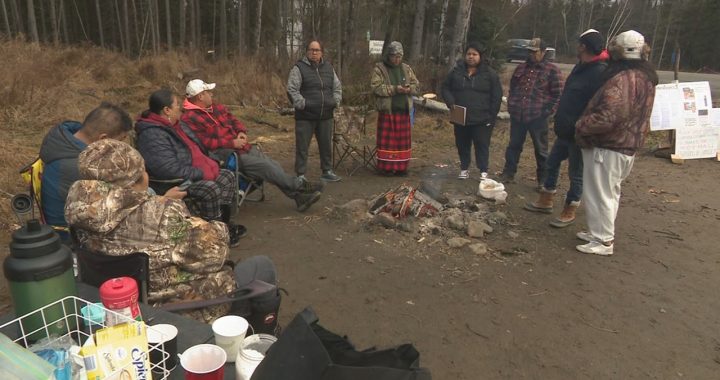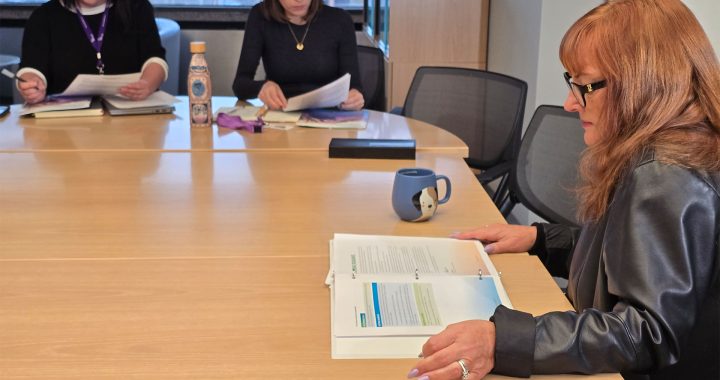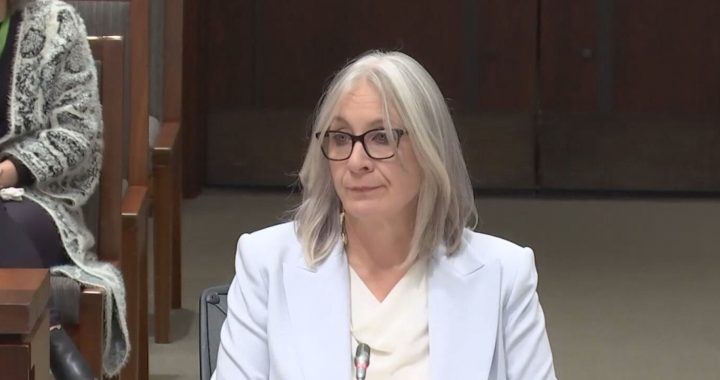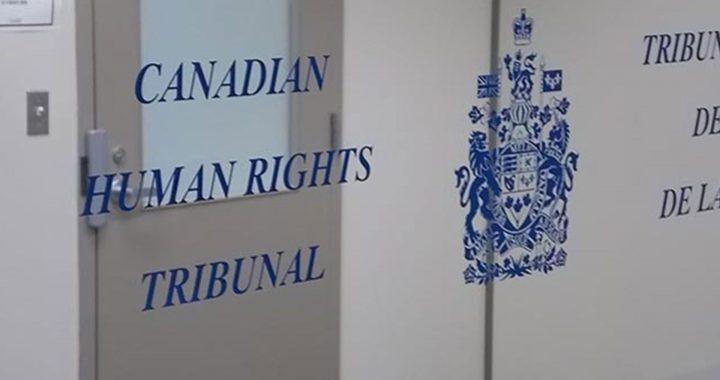A former grand chief of the Algonquin Anishinabeg Nation says better late than never after the tribal council signed an agreement with the federal government to be part of an Indigenous peoples centre in Ottawa’s parliamentary precinct.
“It’s about time,” Verna Polson said. “When I got the text from ANTC (Algonquin Anishinabeg Nation Tribal Council) I was not surprised, but at the same time it’s about time that we actually are going to have our dedicated space here in the national capital city on our unceded territory of the Algonquin Anishinabeg Nation.”
Polson refused both food and water when she camped in front of the Indigenous peoples building in Ottawa in July 2019. She was criticizing the federal government for not including space for her nation in the building designated for three national Indigenous organizations — the Assembly of First Nations, Inuit Tapiriit Kanatami and Métis National Council.
She and others who supported the cause argued that as the building — and Ottawa at large — sit atop her nation’s unceded traditional territory, it only makes sense they be included.
On Wednesday, an agreement borne out of her protest and advocacy for a space to be built beside the Indigenous Peoples building, was formally signed.
“This is actually a small gesture to some, but to our nation — to me — it’s very big. It’s huge. Because now Canada knows they’re on unceded Algonquin Anishinabeg Nation territory.”
In 2017, Prime Minister Justin Trudeau announced the former U.S. embassy building at 100 Wellington would be designated an Indigenous space.
As part of the new agreement, the Algonquins have been given a vacant lot adjacent the centre to build a structure of their liking.
Current tribal council grand chief Savanna McGregor says it will take time to determine what that structure will be.
“We are going to communicate and go and do a visionary exercise with all 11 of our communities of the Algonquin Nation and really they’re going to be driving the direction that they want to see of what will be in the in-fill space,” she said.
She did say the goal is for the building to serve as a hub where Algonquin Peoples and leadership can congregate.
McGregor added the agreement is an act toward reconciliation, and the space will be one future generations can be proud of.
“This agreement, it signifies Canada’s commitment to us,” she said.
While a step forward, McGregor wants action beyond that parcel of land, highlighting land title claims from Algonquin nations.
Gary Anandasangaree, the minister of Crown-Indigenous relations, said it’s a concrete example of land back or the returning of land to Indigenous Peoples.
“This is symbolic, for sure,” said Anandasangaree. “But this is, I think, one of the very first steps to do this with Algonquin Peoples.”
He was unable to say why the Algonquins were initially left out or why it took five years to reach an agreement, but Anandasangaree did say it is time to move forward.
“It’s a reminder to us that Canada has to listen. Canada needs to be in tune and attentive to its failures really and to make sure there are no oversights such as this going forward. We do have a brilliant space – probably one of the most coveted spaces in the capital to showcase and to celebrate the Algonquin people.”
There is currently no timeline for when the building will open.
But the lack of concrete plans isn’t stopping Polson from dreaming of what it could look like, including her joking it should include a photo of her, but not a statue.
“That’s too colonial,” she laughed, before saying current leadership promised one room will be named after her granddaughter.
As for her hunger and hydration strike, she said she’d do it again in a heartbeat if needed.
“I’m always there for our people,” she said.
With files by The Canadian Press









